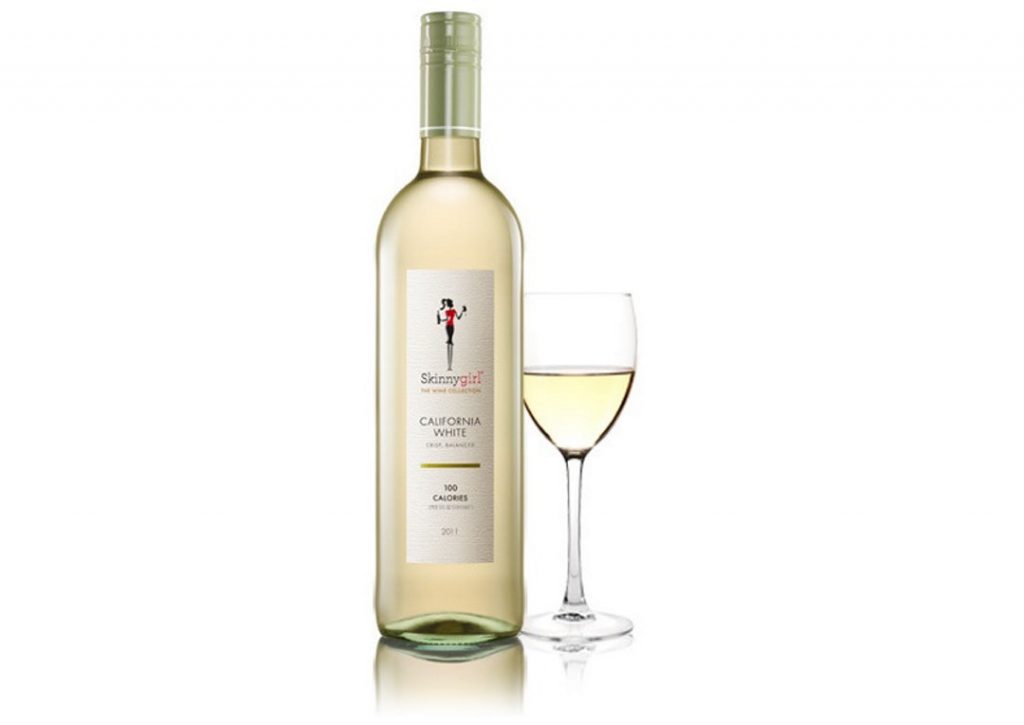Cutting to the chase: diet wine is like diet beer: fewer calories translates into less of other good things.
Low-calorie wines have been around for a while but seem to be growing as a category. The industry may be trying to get some seltzerheads to trade up to something in bottle. Arbor Mist, a generation ago, netted young hard cider drinkers in much the same way.
Low-cal wines also are lower in alcohol by necessity. Remember, alcohol was sugar in its prior life, sweetening up ripening fruit. By some definitions, alcohol is a sugar, and some artificial sweeteners use sugar alcohols as a natural sweetener in food and toothpaste. Slashing calories means you’ll find most low-calorie wines at 10% alcohol or less. Through the mechanical process, the makers of these wines partially de-alcoholize a quantity and blend it back with the other, regular-alcohol batch, reducing the total alcohol.
When you remove alcohol, however, you remove more than a caloric intoxicant. You remove the mouthfeel, sweetness and structure alcohol can contribute.
None of the low-cal wines I tried were poor. None tasted bad. They even tasted like wine. But they were lacking, mainly in structure. The white wines fared better because they are not expected to have as much body or structure as red wines.
Part of “Real Housewife” Bethanny Frankel’s empire, Skinny Girl wines shoots for the magic 100 calories per serving but defines a serving as 5 ounces. The internet says Skinny Girl California White Blend (non-vintage) consists of chardonnay and pinot grigio, but bursts of fruit and orange character suggest a splash of moscato, which can elevate the fruit character and appears in other Skinny Girl wines. The wine has a perfumed, floral nose and shows pronounced ripe apple and orange character. The human brain interprets fruit character as sweetness, so the wine does not come off as bone dry. And it finishes soft. $13 at state liquor stores. ♦♦♦♦
The grapes used in Sunny with a Chance of Flowers Monterey 2019 Pinot Noir hail from a region known for cherry pie — rich pinot noir. But cherry pie and diet wine don’t mix. The wine shows some cherry character but with a light, watery, mid-palate and thin finish. $14 at Wine.com. ♦♦♦
Sunny with a Chance of Flowers Monterey Chardonnay has some California chardonnay hallmarks — butter with some oak spice and a hint of apple, showing a dose of complexity. But the wine is still thin. Oak character probably doesn’t include as many calories as alcohol. $14 at Wine.com. ♦♦♦
Overall, I give Sunny with a Chance of Flowers a plus for projecting an uplifting image in a time when it is sorely needed. Both lines get points for label guidance and disclosure, with helpful information about the style of wine shoppers can expect along with health information.
For those scrupulous about what you consume, these wines are not bad choices.
GRADE: Exceptional ♦♦♦♦♦, Above average ♦♦♦♦, Good ♦♦♦, Below average ♦♦, Poor ♦

David Falchek executive director of the American Wine Society, reviews wines each week. Contact: dfalchek@gmail.com




